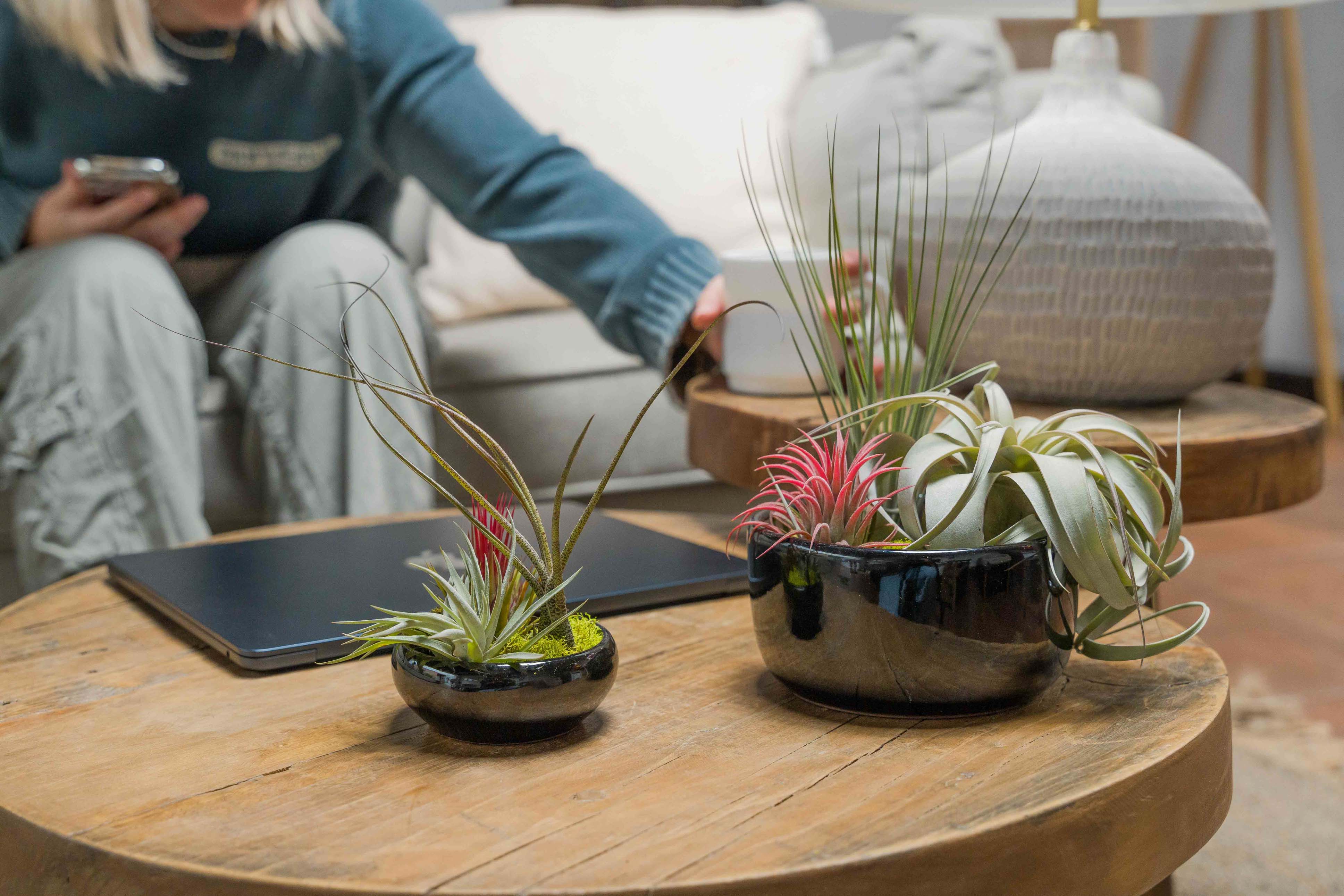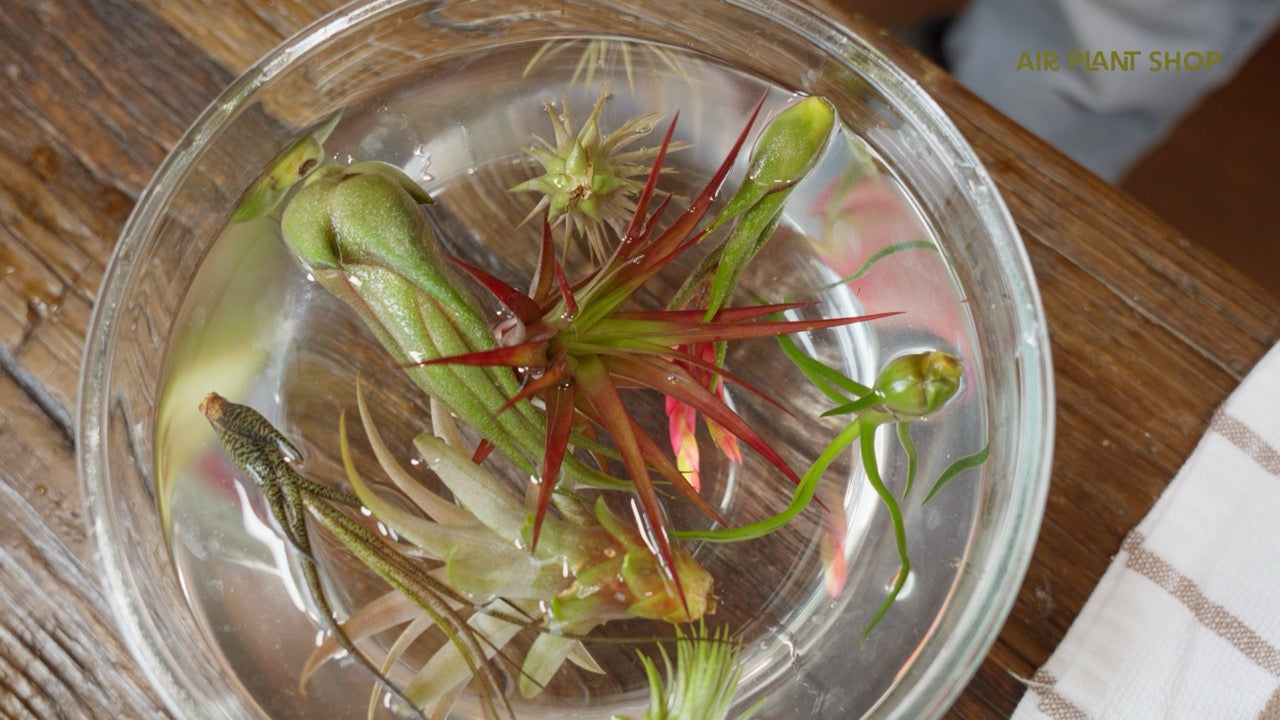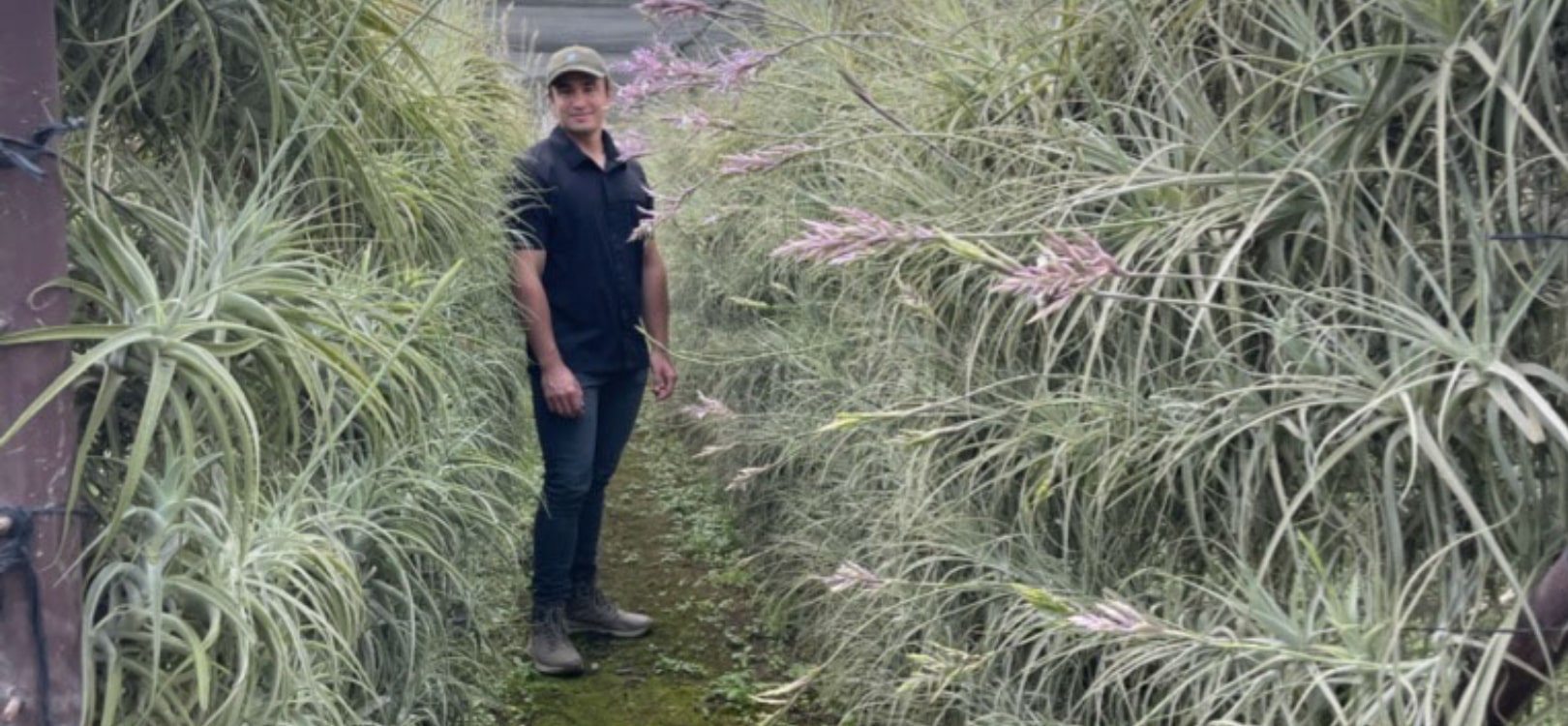Mealybugs
These pests create a wax-like coating on the leaves. They have no wings, flat white in color and have softer bodies. Damage is created when they draw sap from the plant tissue using their mouths. If you believe you may have mealybugs, look in the areas where your stems and leaves meet. Their appearance may look similar to tiny bits of cotton. Infestations can occur on numerous plants. The newborn will usually migrate around the plant until they locate a prime area for nutrition. Once found they congregate in large groups and begin the feeding process. If you find your plants have yellowish leaves and they begin to fall off, check for these insects. Another sign of mealybugs is the presence of a black sooty substance. The soot is actually caused by ants that are looking for honeydew (sweet tasting compound) that is produced by the mealybugs.
The best way to deter or eliminate this issue would first be to remove the infected plants. This will minimize the chances of them spreading to your healthy plants. Secondly, you may want to consider introducing lady bugs into your environment. They are a natural enemy of these insects and can help control and infestation. Last, seek out a professional from one of the local garden centers and ask their advice as to what chemicals can be used to remove these unwanted pests and not harm your plants.
Scale Insects
Another pest that can cause harm to your indoor or outdoor air plants are scale insects. Related to the mealybugs, the young have similar feeding characteristics to the pest mentioned above. Traveling to all areas of the plant until a suitable feeding location can be found. The fully grown females like to find a suitable spot for feeding. Once found they drop their legs and will stay in this location for the remainder of their lives. They usually attach to the underside of leaves using their hard exterior shell for their primary protection. If you notice tiny bumps on the bottom of your leaves, these may be scale insects. They also produce honeydew and can cause leaf yellowing and eventually the leaves will fall from the plant.
Preventing or deterring these pests is similar to the mealybugs, but the infestation is much tougher to control. Remove these plants from the rest and contact a local professional for advice.
These pests create a wax-like coating on the leaves. They have no wings, flat white in color and have softer bodies. Damage is created when they draw sap from the plant tissue using their mouths. If you believe you may have mealybugs, look in the areas where your stems and leaves meet. Their appearance may look similar to tiny bits of cotton. Infestations can occur on numerous plants. The newborn will usually migrate around the plant until they locate a prime area for nutrition. Once found they congregate in large groups and begin the feeding process. If you find your plants have yellowish leaves and they begin to fall off, check for these insects. Another sign of mealybugs is the presence of a black sooty substance. The soot is actually caused by ants that are looking for honeydew (sweet tasting compound) that is produced by the mealybugs.
The best way to deter or eliminate this issue would first be to remove the infected plants. This will minimize the chances of them spreading to your healthy plants. Secondly, you may want to consider introducing lady bugs into your environment. They are a natural enemy of these insects and can help control and infestation. Last, seek out a professional from one of the local garden centers and ask their advice as to what chemicals can be used to remove these unwanted pests and not harm your plants.
Scale Insects
Another pest that can cause harm to your indoor or outdoor air plants are scale insects. Related to the mealybugs, the young have similar feeding characteristics to the pest mentioned above. Traveling to all areas of the plant until a suitable feeding location can be found. The fully grown females like to find a suitable spot for feeding. Once found they drop their legs and will stay in this location for the remainder of their lives. They usually attach to the underside of leaves using their hard exterior shell for their primary protection. If you notice tiny bumps on the bottom of your leaves, these may be scale insects. They also produce honeydew and can cause leaf yellowing and eventually the leaves will fall from the plant.
Preventing or deterring these pests is similar to the mealybugs, but the infestation is much tougher to control. Remove these plants from the rest and contact a local professional for advice.









The best insecticide I have found for all my plants from orchids, succulents/cacti, tillandsias, or other landscaping/ house plants is called SAFARI. I realize it is expensive but it takes only one tsp per gallon of water so it lasts, or perhaps you could go in on it with a neighbor or friend who is also into plants. Look it up online, it is by far the fastest and best I’ve used! Good luck!
Great information but why not recommend some tillandsia safe treatments to get rid of the bugs? Local box stores know nothing about them which is why I came to your site.
Leave a comment